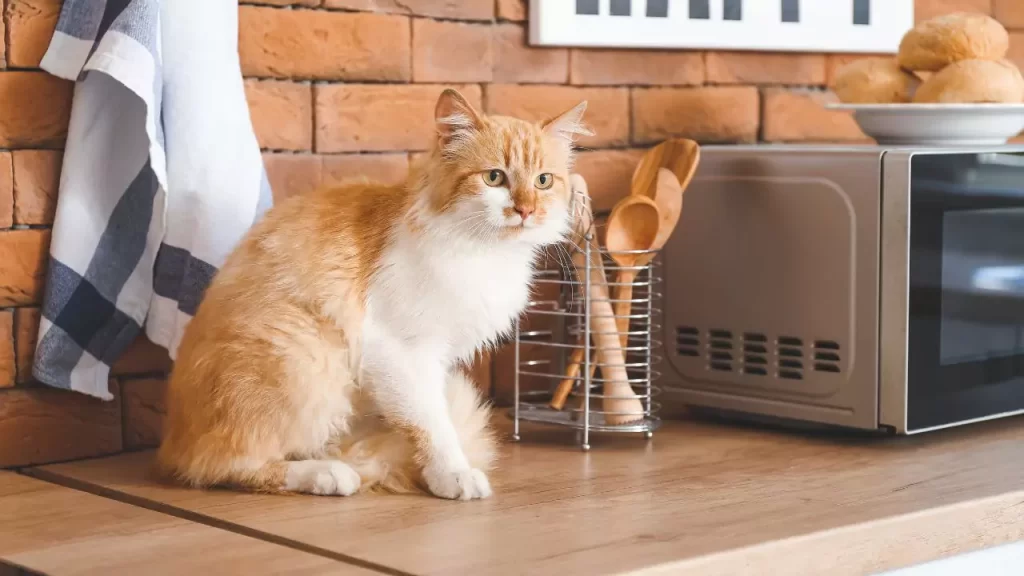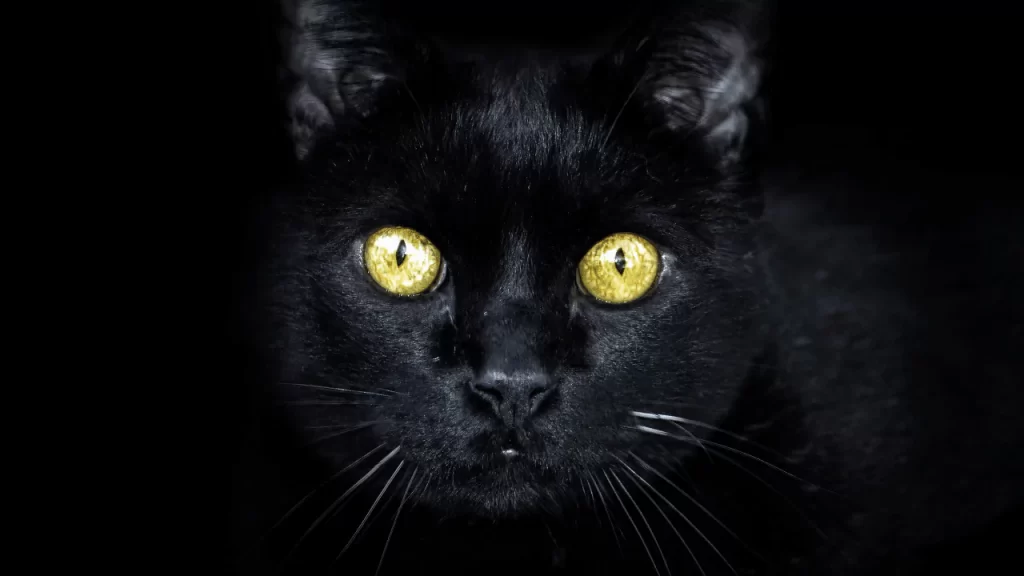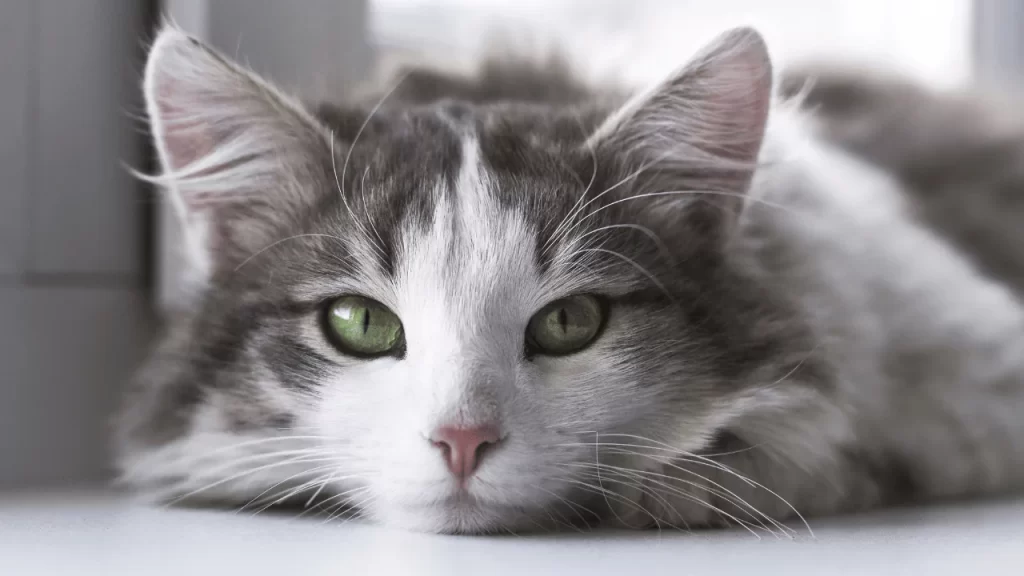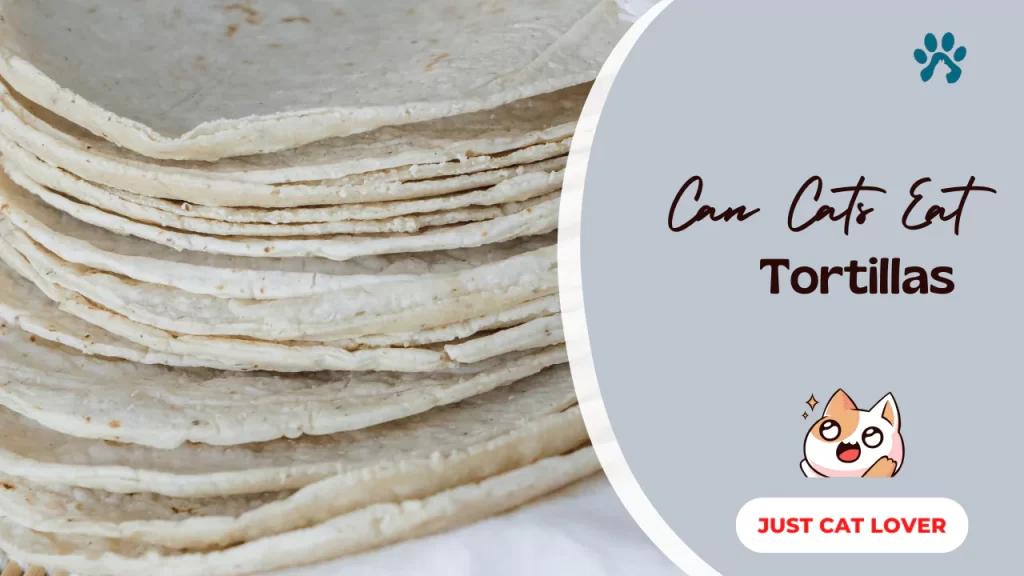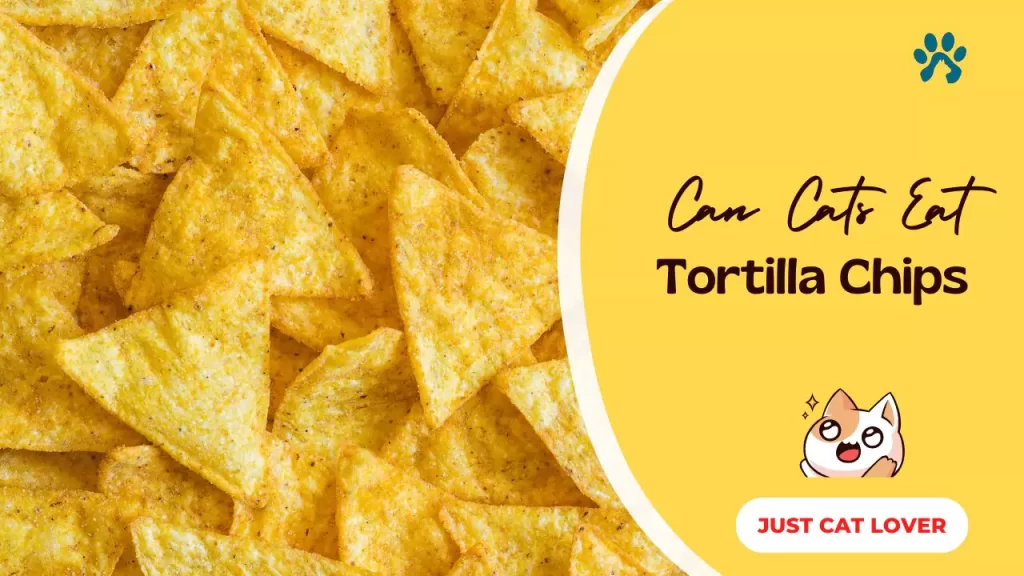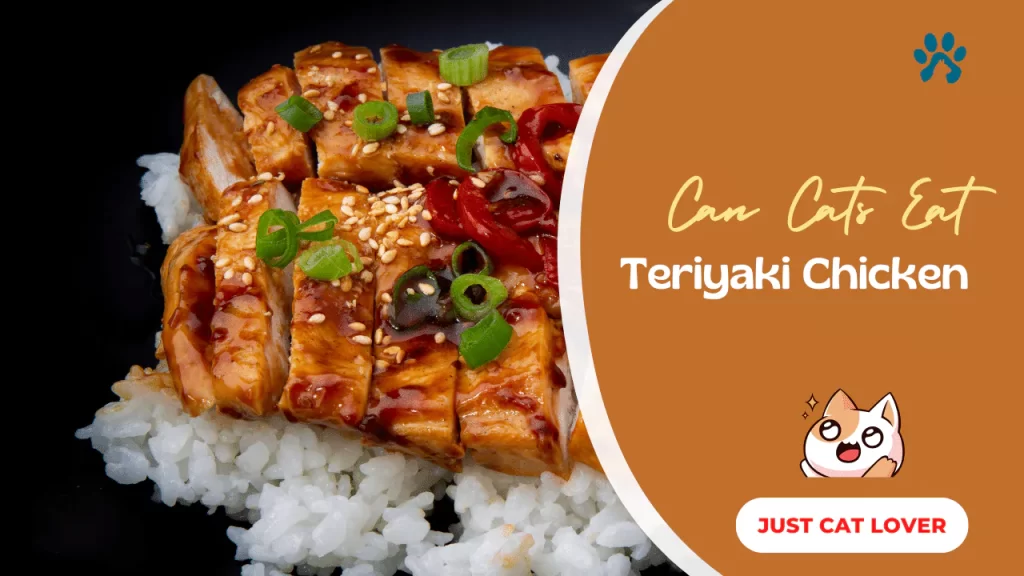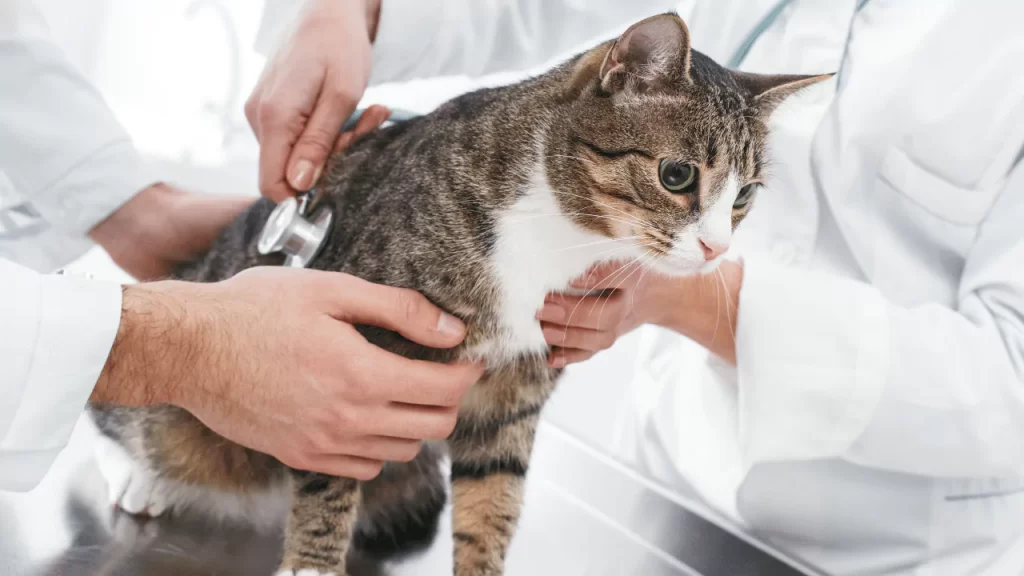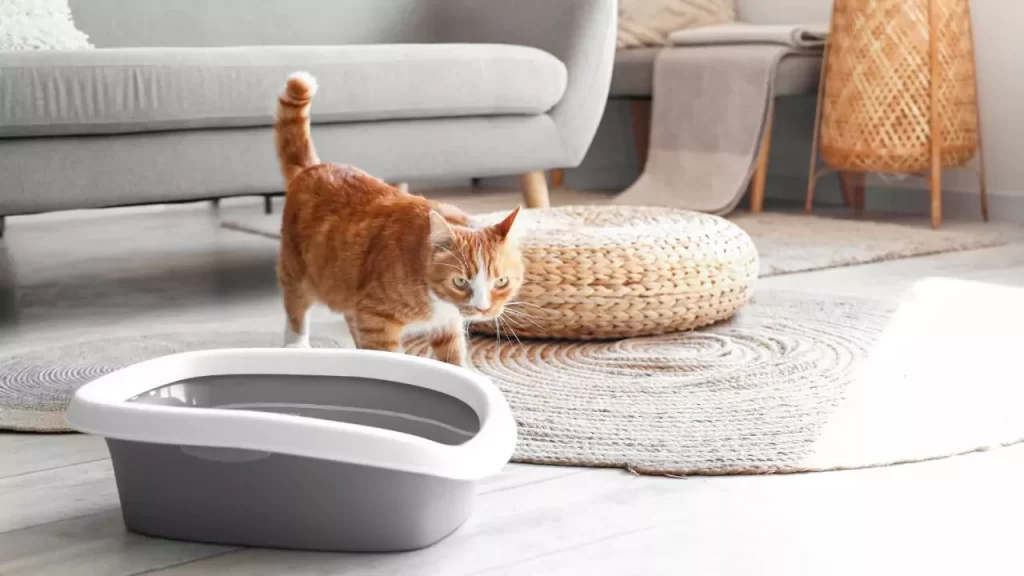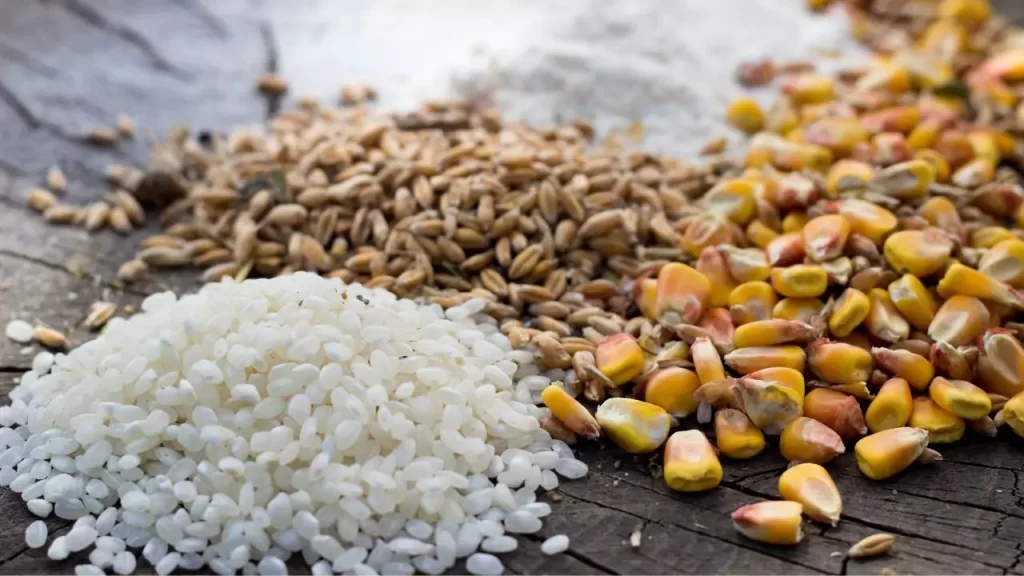Author: Dola Singha
Dola Singha is a cat enthusiast with a lifelong love for feline companions. She is an expert in all aspects of cat care, from nutrition and behavior to training and health.
No, you should not microwave cat food. Never microwave any pet food. Microwaving cat food can be dangerous and may negatively impact the nutrient content of the food. There are safer ways to warm up cat food to an appetizing temperature. Can You Microwave Cat Food? Microwaving cat food is generally not recommended. There are a few reasons for this: Safety considerations Microwaves heat unevenly and can create extremely hot spots in food. This poses a burn risk to your cat. Even if you stir and check the temperature throughout, it is still possible for parts of the food to…
Yes, cats can see in the dark. Cats have excellent night vision due to the unique structure and composition of their eyes. Their eyes have specialized retinas and lenses that allow them to see in conditions where humans would be unable to. Can Cats See in the Dark? Cats have eyes that are intelligently designed for low-light conditions. Their pupils can expand to allow more light to enter the eye. The structure of their retinas contains more rods than cones, allowing for better night vision. Cats are also near-sighted which supports their ability to see close objects in the dark.…
Yes, cats can see color, but not as vividly as humans. Cats have a more limited range of color perception due to differences in their retina compared to the human eye. While cats may not see colors as brightly as we do, they are capable of distinguishing some shades, and their vision is well-adapted for their needs as a predator and night hunter. How Does a Cat’s Vision Compare to Human Vision? There are a few key differences between cat vision and human vision: Cats perceive a more limited range of colors Unlike humans who have trichromatic vision and can…
Yes, cats can eat tortillas in moderation as an occasional treat. Tortillas are not toxic to cats and contain some nutrients that may provide health benefits. However, tortillas are high in carbohydrates and calories and lack key nutrients cats need. Eating too many tortillas may lead to weight gain or gastrointestinal issues in cats. It’s best to only offer small pieces of tortilla infrequently. Types of Tortillas There are several common types of tortillas that cat owners may consider feeding as treats: Are Tortillas Safe for Cats? In moderation, tortillas are not toxic or inherently unsafe for cats to eat.…
No, cats should not eat tortilla chips. While tortilla chips may seem like a harmless snack for humans, they can be unhealthy and even dangerous for cats to eat. Tortilla chips are high in fat, salt, and calories, and they provide no nutritional value for felines. Additionally, the seasonings and spices on flavored tortilla chips may cause gastrointestinal upset or allergic reactions in some cats. There are much healthier snack alternatives for cats that owners can consider instead of sharing their tortilla chips. What is a Tortilla Chip? A tortilla chip is a snack food made from corn tortillas that…
No, cats should not eat teriyaki chicken. While the chicken itself is fine for cats, the teriyaki sauce can be harmful. Teriyaki sauce often contains ingredients like garlic, onions, sugar, and soy sauce which can cause gastrointestinal upset and other health issues in cats. It’s best to avoid feeding cats any people food with added seasonings and sauces. Nutritional Value of Teriyaki Chicken Plain, unseasoned chicken can be a healthy source of protein for cats. Chicken is an excellent lean meat that provides amino acids cats need. It also supplies B vitamins like B6 and niacin. Minerals found in chicken…
Yes, cat food can get stale over time. Proper storage is important for maintaining the freshness and nutritional value of both wet and dry cat food. Following some simple guidelines can help prevent cat food from expiring quickly. Does Cat Food Expire? How to Keep it Fresh Cat food comes with expiration dates just like human food products. However, there are also signs that cat food has gone bad prior to the expiration date. Being aware of these and storing cat food properly helps keep it fresh longer. Expiration Dates for Cat Food Dry and canned cat foods have best…
No, cat food itself does not directly cause urinary tract infections (UTIs) in cats. However, certain types of cat food may increase the risk of developing UTIs or exacerbate existing urinary tract issues in cats. Proper nutrition is important for supporting urinary health in cats. Understanding the Relationship Between Cat Food and UTIs Urinary tract infections and other urinary issues like crystals or bladder stones are relatively common in cats. Some signs that a cat may be experiencing urinary tract problems include: While bacteria cause UTIs, certain dietary factors may increase susceptibility. For example, feeding only dry food may contribute…
No, cat food should not be placed near the litter box. Keeping food and litter boxes separated is important for cats’ comfort and health. The Importance of Separating Cat Food and Litter Box Cats have an instinctual preference for having separate areas for eating and eliminating waste. Keeping the food bowl far from the litter box helps satisfy this natural inclination. There are also hygiene issues that arise from having cat food too close to the litter. The smells and bacteria from the litter box can contaminate food and water bowls. This puts cats at risk of gastrointestinal upset and…
No. While grain-free cat food has some benefits, it is optional or ideal for all cats. The decision should be made carefully based on each cat’s individual needs. Understanding Grain-Free Cat Food What does grain-free mean? Grain-free cat foods do not contain any grains or grain by-products like corn, wheat, rice, oats, or soy. They use alternative carbohydrate sources like potatoes, peas, lentils, or tapioca. Grains in cat food Grains are inexpensive sources of carbohydrates, protein, and fiber added to many commercial cat foods. Corn, wheat, rice, and soy are commonly used. Grain by-products By-products like corn gluten meal are…




